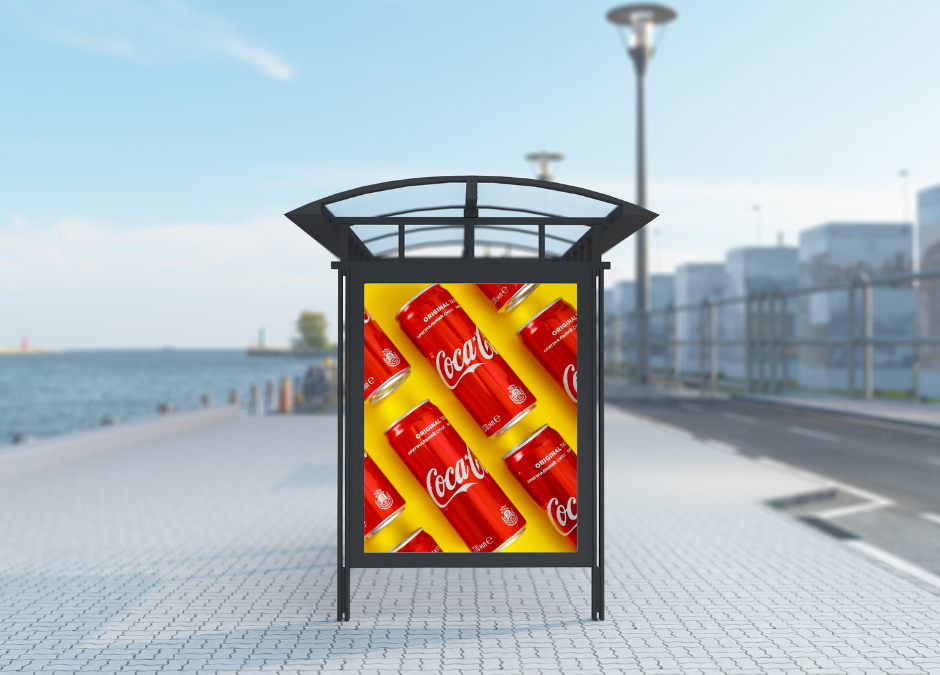American consumers, and just consumers worldwide, have long been in the know about the ubiquitousness of product placement.
Many of us with well-trained media-savvy eyes still fail to catch the subtler instances of product placement.
Whether it’s on a TikTok filmed in the middle of nowhere or in a major Hollywood production, product placement has quietly been becoming one of the major forms of advertising that consumers encounter on a near-daily basis.
And this will only become more true as AI transforms the product placement segment of advertising, offering business owners more ways to make a strong impression in content where the main objective is not to advertise a product, but, say, entertain viewers.
How AI Will Change Product Placement
Here is how the product-placement hustle used to work: Advertisers and businesses competed to feature products where a lot of eyes will be surveying. Most of the time, this was an entertainment product, like a television show.
Given the amount of offers, the entertainment industry could charge prices for featuring the product.
With AI, the game is changing.
Take the example of the L.A.-based AI company Ryff, which uses AI to insert products into pre-existing content.
An example of this is Ryff enabling Coca-Cola to add advertising banners to footage of a basketball tournament from the 1980’s, which people may want to look up online.
AI can analyze the speech in content to determine whether certain product placement actually makes sense in the context of a piece of content.
This opens up some interesting questions. Will advertisers be able to pay for short amounts of product placements, where they have a guaranteed window that their product will appear before the slot reopens for other bidders to supplant that product?
Also, given the product placement in a historical event like the basketball tournament, AI is giving advertisers the power to shape people’s perception of history. If Coca-Cola banners were not actually in place at North Carolina State’s 1983 NCAA tournament win, many people would get the impression that Coca-Cola was indeed an advertiser for that historic event.
The Challenge of Getting Attention in the Internet Age
With so much stimulation on the Internet alone, businesses wonder how to best make their product stand out online.
However, something the Internet has also done is give a steroidal boost to celebrity culture. In addition to the cinema stars of Hollywood, a person’s mental inventory of celebrities now includes people who film themselves with cell phones from their homes in flyover states.
YouTube personalities and TikTok stars have long been monetizing their content. In fact, sponsored content goes back as far as the days of Vine, the now-defunct 6-second social media video platform that is likely responsible for the faulty attention spans of many, many folks.
Of course, most product placement sort of falls under the category of celebrity endorsement (or is it vice versa?) because the whole point is to create influential associations between the product and a figure that tends to attract a lot of eyeballs.
So, with many more mediums for communicating the subliminal, though not always subtle, messages of product placement, product placement has become more essential than ever for getting attention.
And since celebrities, by definition, attract more attention than regular Joes and Janes, placing products in content featuring celebrities is a surer bet for drawing attention to a product.
Hence, businesses are finding new ways to make product placement effective for consumers.
Why Businesses Will Invest in AI Product Placement
AI will certainly play a role here. Because the internet functions in many ways like an archive for information and media, people’s ability to access older content at their whim makes the AI investment sensible.
Its ability to graft in products in older content can ensure that people revisiting or discovering for the first time the content will see fresh product placement.
So, new forms of product placement are emerging before our very eyes, eyes sensitive to subliminal branding efforts baked into a steady diet of filmed entertainment.
Key Takeaways
We have now covered how businesses are adapting to product placement in the Internet age with AI.
Though much-sponsored content on, say, social media platforms often requires a content disclosure, there are still plenty of product placement spots where the placement is not spoiled in advance. For instance, Hollywood productions will not likely have any “Sponsored content” pop-ups.
Given AI’s ability to continually revise a piece of content and create new product placements in old content, business owners will have endless opportunities to capitalize on this, considering the sheer amount of content produced and archived in the online era.
GO AI Articles
Guardian Owl Digital is dedicated to helping businesses everywhere learn about and implement AI.
For continuing your AI education and keeping up with the latest in the world of AI, check out our AI blog:
New Year, New AI: Here Are the Biggest Trends in AI Coming in 2023
How AI Could Have Helped Southwest Avoid Its Holiday Disaster
IBM Watson vs. Microsoft’s ChatGPT: The AI Chat Matchup of the Century
AI on the Stand: Explaining the Lawsuit Against the Microsoft Automated Coder
AI and You: What Determines Your AI Recommendations in 2023?
How AI Could Have Foreseen the Crypto Crash—(It Already Analyzes Exchange Markets)
Google’s Response to ChatGPT: What the Tech Giant Is Doing to Improve Its Own AI Efforts


Recent Comments